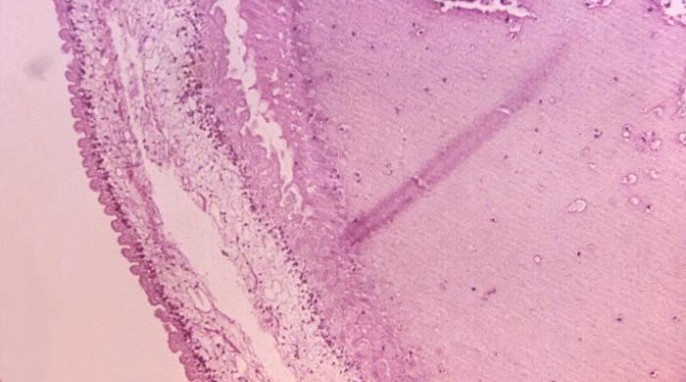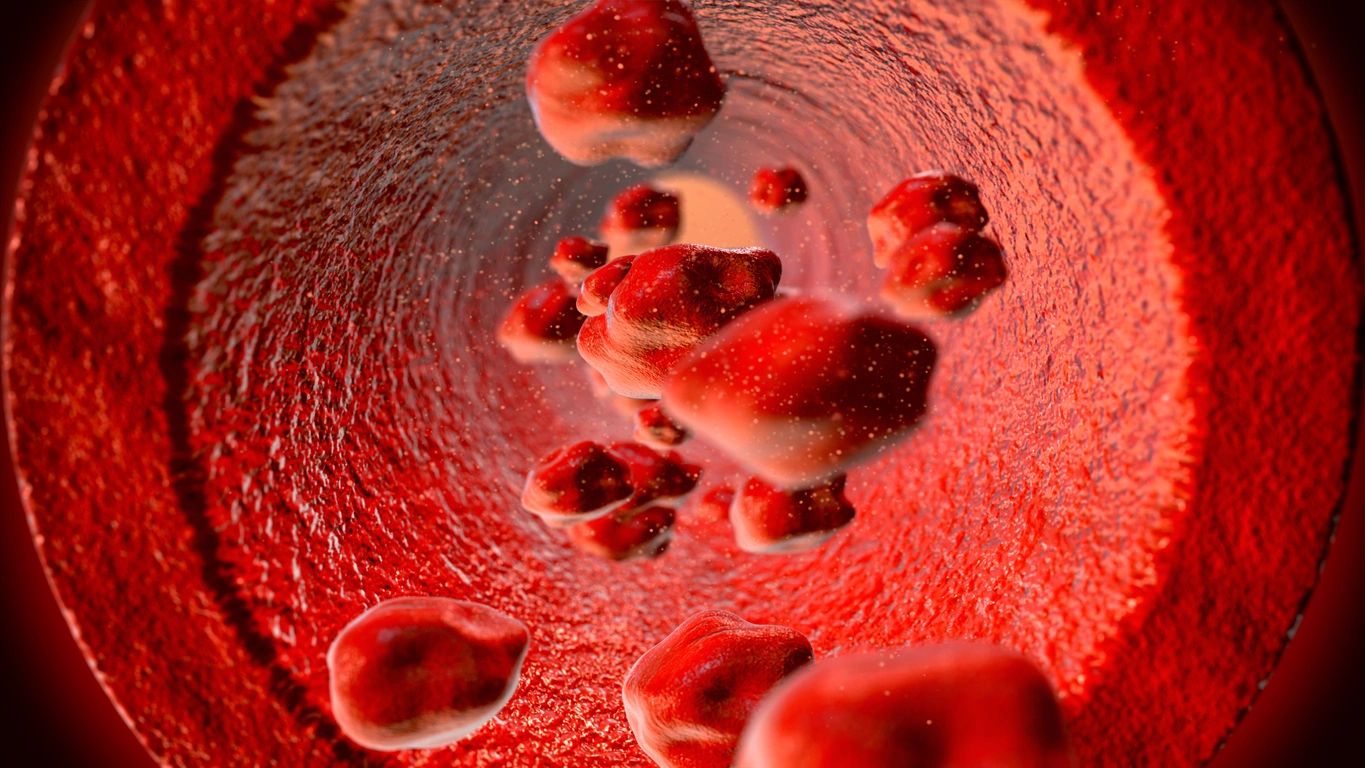Doctors in the UK recently removed a very rare tapeworm from a man’s brain that had been living there for four years. During its residency, the worm traveled five centimeters from one side of the brain to the other before it was detected and removed. Following the successful operation, a team took the opportunity to sequence the genome of this rare and poorly understood parasite.
The tapeworm, Spirometra erinaceieuropaei, has been reported only 300 times worldwide since 1953 and never before in the UK. The parasite causes sparganosis: inflammation of the body’s tissues and, when this occurs in the brain, it can cause seizures, memory loss and headaches. It is thought that people may be infected by accidentally consuming tiny infected crustaceans from lakes, eating raw meat from reptiles and amphibians, or by using a raw frog poultice – a Chinese remedy to calm sore eyes.
This marks the first time that the genome of this rarely seen tapeworm has been sequenced and the genetic information presents new opportunities to diagnose and treat this invasive parasite more effectively.
“For this uncharted group of tapeworms, this is the first genome to be sequenced and has allowed us to make some predictions about the likely activity of known drugs,” says Matt Berriman of the Sanger Institute. “The genome sequence suggests that the parasite is naturally resistant to albendazole – an existing anti-tapeworm drug. However, many new drug targets that are being explored for other tapeworms are present in this parasite and could offer future clinical possibilities.”
These data contribute to the growing global database for identifying parasites, and parasite provenance, and will serve as a resource for identifying new treatments for sparganosis.
“This emphasises just how important a global database of worm genomes is to allow us to identify the parasite and determine the best course of treatment. Additionally, this information can be paired with our work in global travellers’ infection to give additional insights in what infections other patients can get in specific destinations,” says Effrossyni Gkrania-Klotsas, study author from the Department of Infectious Disease, Addenbrooke’s NHS Trust. “We did not expect to see an infection of this kind in the UK, but global travel means that unfamiliar parasites do sometimes appear. We can now diagnose sparganosis using MRI scans, but this does not give us the information we need to identify the exact tapeworm species and its vulnerabilities.”
To identify the exact species of worm, the researchers sequenced one particular gene, the so-called “barcode of life”. Fortunately for the patient, the gene’s DNA sequence revealed that the parasite was the more benign of the two sparganosis-causing tapeworm species. The research team members were also able to piece together a draft genome of the tapeworm. This data is now being used to investigate known and potential treatment targets, which may help patients in the future.
Spirometra erinaceieuropaei’s genome is 1.26Gb long, making it ten times larger than other tapeworm genomes and one-third the size of the human genome. Some of this seems to come from an increase in the number of genes that may help the parasite to break up proteins and invade its host, coupled with the fact that the genome is much more repetitive than other tapeworm genomes.
The team also used this draft sequence to look for similarities and differences from other, previously sequenced, tapeworm species in the GeneDB pathogen database. This has revealed more about Spirometra erinaceieuropaei’s biology than has ever been known. For example, the worm has a large selection of molecular motors for moving proteins around the cell, which could underpin the large changes in body shape and environmental adaptations that the worm undergoes during its complicated life cycle.
These findings are published by the Wellcome Trust Sanger Institute.
Image: Tapeworm in brain tissue (CDC)




